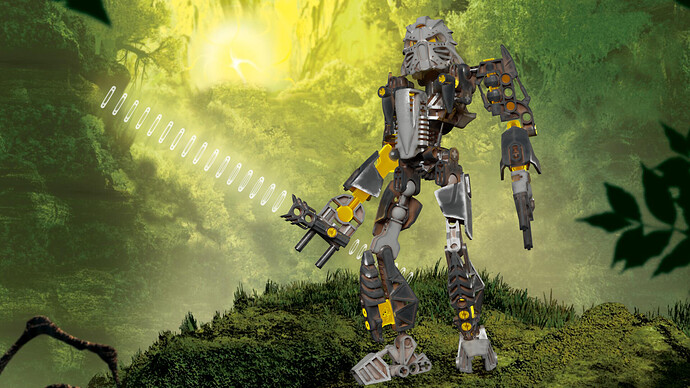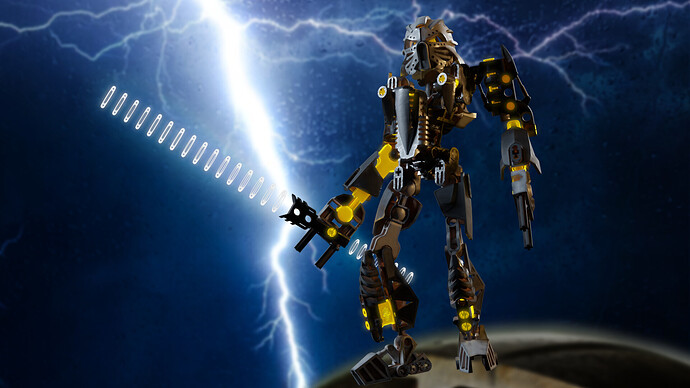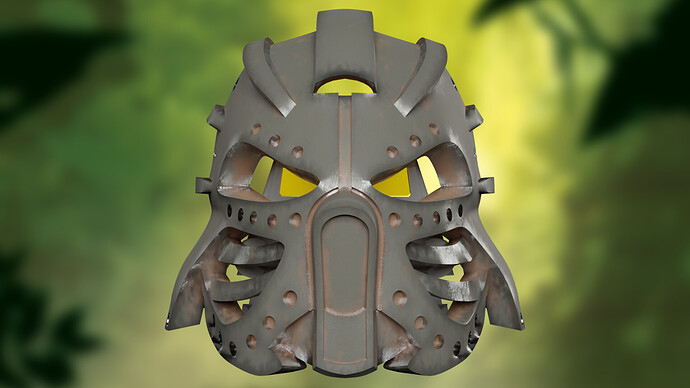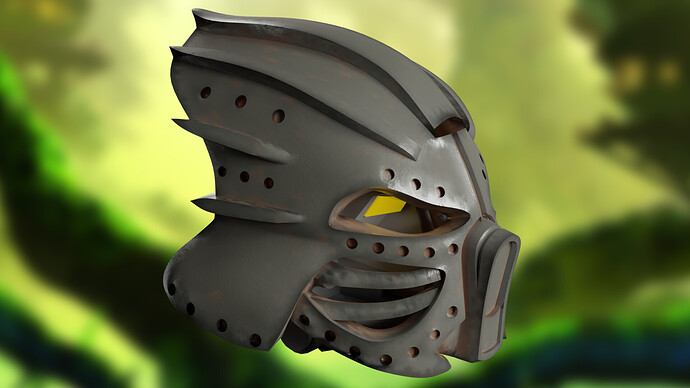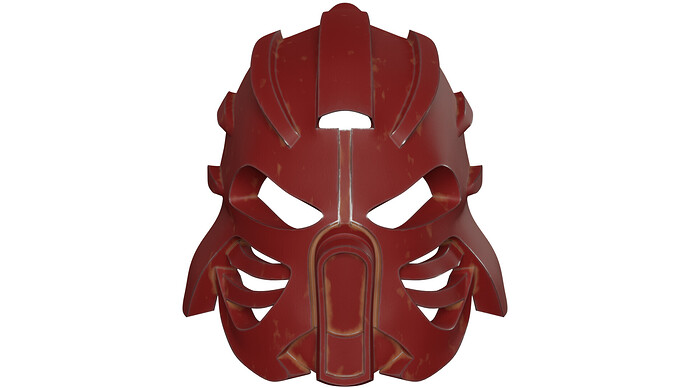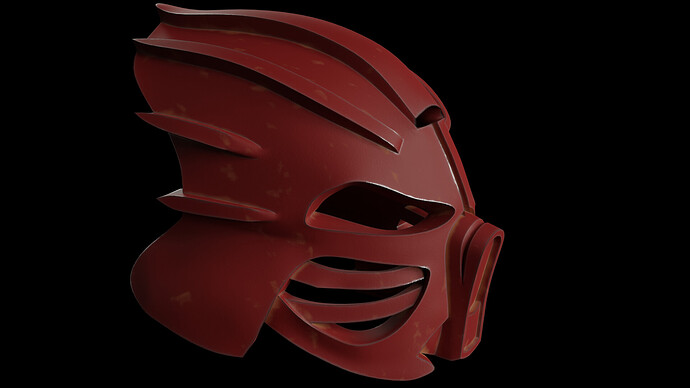Sure you can do it. Just remember that you design with your mind, not your software/ tool (though you do need a tool to flesh out your design, same thing as writing/typing an essay, it doesn’t matter if you write on paper, or typewriter or keyboard, only that you write sentences).
I’ld say start simple. Kitbashing/remixing seems quite a popular way to get started, but - 1. Don’t be lazy with it, 2. It’s a good launch pad, but you have to eventually graduate to doing something more original.
For me, I’m starting with adapting designs, first simplifying (see my work on GWP), then complexifying/ reimagining. While I do hope to eventually make my own characters, that’s a lifetime goal for me, I don’t need to accomplish it in the next 2 years.
Also, nobody is original. Creativity isn’t pulled from the aether, it’s a darwinian process of copying and iterating and mutating and transforming. So don’t be afraid to draw ideas from other people, as long as you put your own twist on it. Sure, only the most creative people can mutate ideas on a deep level, but if you can’t, it’s fine, all you need to do is to draw ideas from many different sources (if John Williams can do that for the music of Star Wars, so can you).
Notice how I never mentioned any digital tools. Sure, a CAD software is good for very geometric shapes, and most mask makers use CAD softwares (I don’t, despite having experience in CADing). You can always do a physical kitbash, like the original bionicle designers. And if you’re afraid to destroy masks in the name of creativity, you can do a digital kitbash, or even 3D print it out and then kitbash it from there. Or maybe be the first person to design masks with clay! Anyways, photogrammetry is free and readily available today.
Also, specifically for designing in 3D, start in 2D. Think along the lines of section cuts, especially with the silhouette of the shapes from different angles. Break things down to simple shapes, then stitch them together, and explore the relation between the various shapes (that’s where your proportion comes in).
Just remember, you can be competent in anything, given you put in the time and effort. You can do it! Maybe not on your first attempt (but don’t delete that first attempt), but you’ll on your 10th attempt, and you’ll master it on your 40th!
Also, WJ Beck as kindly ported all my designs to stud.io
Ports - Google Drive
